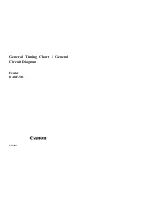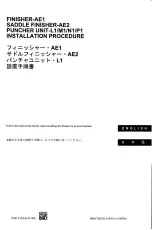
Manual TTL flash exposure correction
(Flash-Override)
There are certain photographic situations where
the camera’s internal sensor can be deceived. This
is particularly the case with a dark subject in front
of a bright background (the subject will be under-
exposed) or a bright subject in front of a dark
background (the subject will be overexposed). To
overcome this problem in such a photographic
situation and still achieve a correct exposure,
some cameras permit the flash intensity to be
influenced in the TTL mode (see operating instruc-
tions for the given camera). Depending on the ca-
mera type, the given maximum flash range is
adapted to the flash exposure correction. If flash
exposure correction is set manually, the symbol
“+/-” will be indicated in the viewfinder or on the
display panel of some cameras.
TTL flash exposure correction is set on the camera
(see your camera’s operating instructions).
3.2 Auto flash mode A
A sensor inside the flash unit controls the light output
in the auto flash mode „A“. When the amount of light
required for correct exposure has been reached the
flash unit’s electronics automatically cut off the flash.
Correct exposure confirmation „OK“ is then given on
the flash unit (see Section 4.4).
The auto flash mode is set on the flash unit (see
operating instructions of your flash unit).
Please note that the cameras E-10, E-20P and
E–20N do not support the auto flash mode
„A“ in the camera modes Program P and
shutter priority „S“.
☞
15
ķ
















































